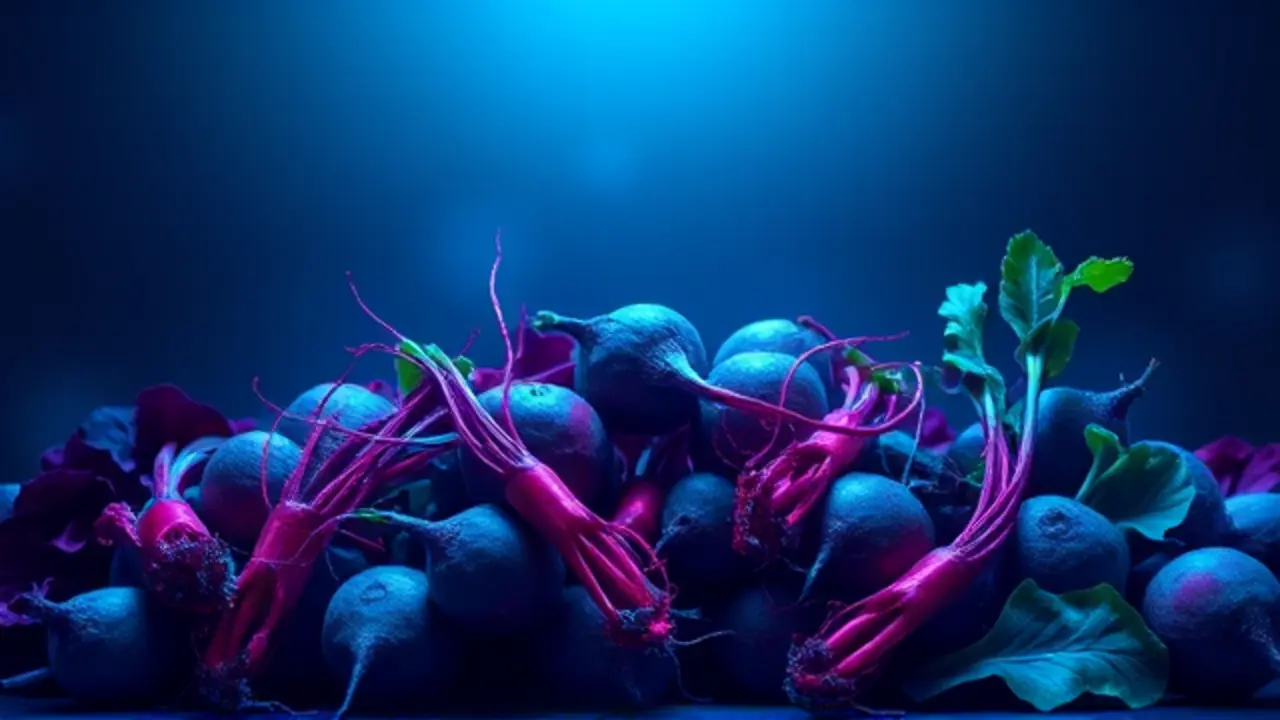Scientists find gold hiding in food waste
In a quiet but profound revolution unfolding within our global food systems, scientists are uncovering extraordinary new uses for what we have carelessly discarded for generations, transforming agricultural and food waste into a treasure trove of sustainable solutions that challenge our very conception of value and resource management. The humble beet pulp, a fibrous byproduct of sugar production typically destined for low-grade animal feed or landfill, is now revealing its potential as a powerful, natural agent to help crops resist devastating fungal and bacterial diseases, offering a potent, eco-friendly alternative to the synthetic pesticides that have polluted our soils and waterways.Simultaneously, composted coconut fibers, known as coir, are emerging as a viable and superior substitute for peat moss, the harvesting of which destroys invaluable carbon-sequestering peat bogs at an alarming rate; this shift not only conserves fragile wetland ecosystems but also provides a robust growing medium that enhances water retention and aeration for everything from backyard gardens to commercial horticulture. Perhaps most compellingly for human health, discarded radish and beet greens, often stripped away and left to rot in processing plants, have been identified as rich, untapped reservoirs of bioactive compounds like betalains and glucosinolates, which possess remarkable capacities to boost gut microbiome diversity and shield our cells from oxidative damage, linking the fate of our produce scraps directly to preventative medicine and nutritional science.This paradigm shift, from viewing waste as a problem to be managed to recognizing it as a resource to be harnessed, is driven by an urgent confluence of factors: the stark reality of a world where over a third of all food produced is never consumed, the escalating pressures of climate change demanding circular economic models, and a growing public consciousness about the environmental and ethical costs of our linear 'take-make-dispose' consumption patterns. The implications are staggering, suggesting a future where the very byproducts of our dinner plates and farms could form the foundation of a more resilient agricultural sector, reduce our reliance on extractive and polluting industries, and contribute to a new frontier in nutraceuticals, all while diverting millions of tons of organic matter from methane-belching landfills.However, this promising path is not without its formidable obstacles; scaling these laboratory breakthroughs into commercially viable, widely adopted practices requires significant investment in biorefinery infrastructure, navigating complex regulatory frameworks for novel food and agricultural products, and overcoming deeply ingrained supply chain logistics that have long treated waste as a cost center rather than a revenue stream. The work of these researchers, therefore, is more than just a technical fix; it is a fundamental re-imagining of our relationship with the natural world, echoing the principles of indigenous knowledge systems that have long understood the cyclical nature of resources, and posing a critical question for our time: in our relentless pursuit of more, have we been blinding ourselves to the immense value lying dormant in what we already have, but simply choose to throw away?.
Latest News
JWST may have found the Universe’s first stars powered by dark matter
4 days ago0 comments
Indian Startup Airbound Raises $8.65M for Rocket Drone Deliveries
4 days ago0 comments
Nobel winner warns Europe is losing tech race.
4 days ago0 comments
Chinese Scientists Restore Ancient Love Poem with AI
4 days ago0 comments
Scientists build artificial neurons that work like real ones
4 days ago0 comments
Popular hair-loss pill linked to depression and suicide
4 days ago0 comments
This new blood test can catch cancer 10 years early
4 days ago0 comments
Hong Kong Entrepreneur Fights Dementia with Cultural Games
4 days ago0 comments
It’s quiet here...Start the conversation by leaving the first comment.
© 2025 Outpoll Service LTD. All rights reserved.
